Koblenz is a city in the German state of Rheinland-Pfalz and the former seat of the Elector of Trier, being located at the junction of the Mosel and Rhine rivers. The city straddles both banks of each river, and its strategic value can be seen in the remains of many old fortifications built here, most notably the old castle of Ehrenbreitstein, which dominates the right bank of the entire Rhine.
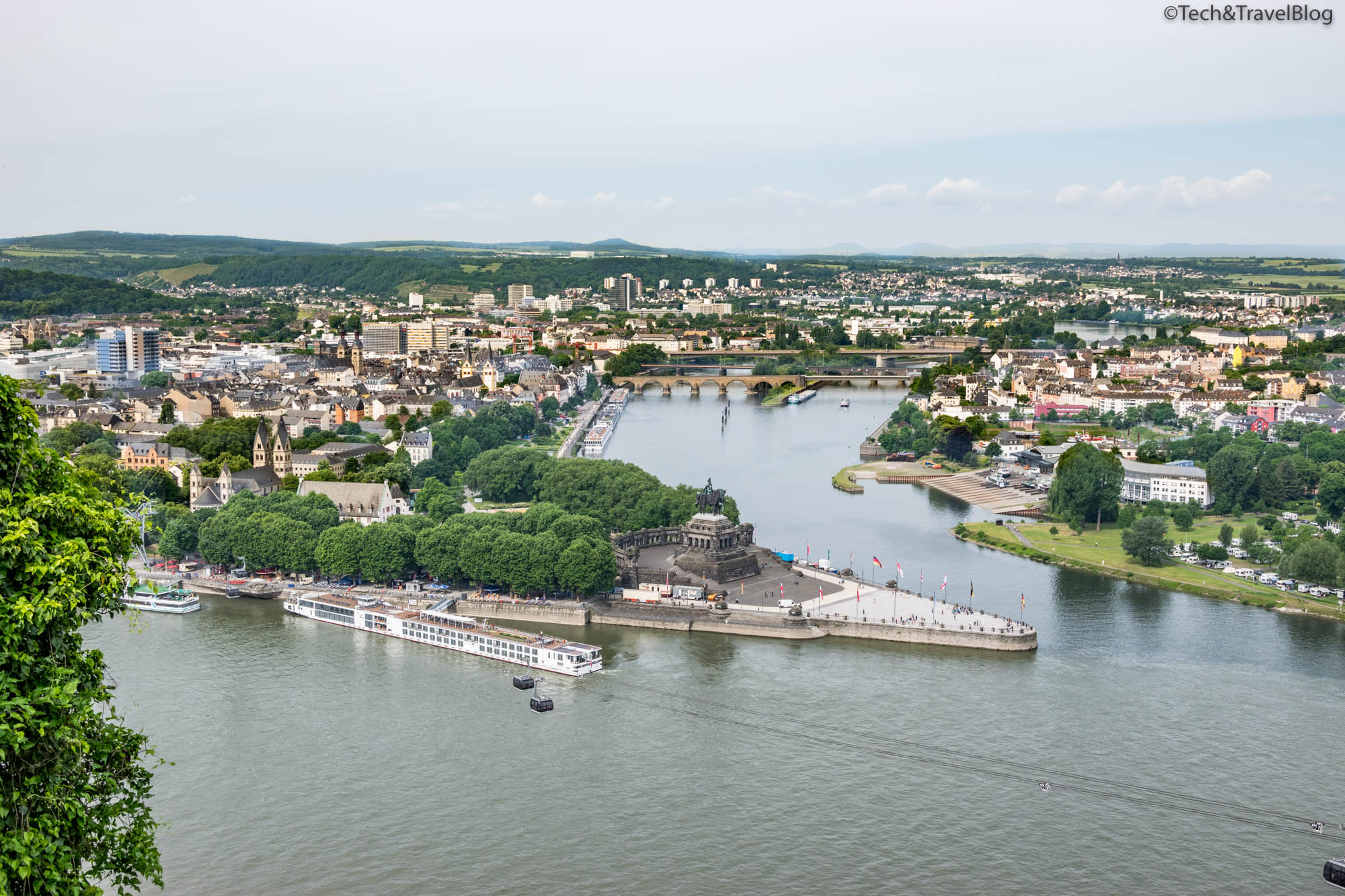
Koblenz celebrated its 2000th anniversary in 1992, being one of the oldest cities in Germany.

The city also boasts many other well-preserved historical attractions, from sumptuous old palaces to some of the oldest churches in the country.
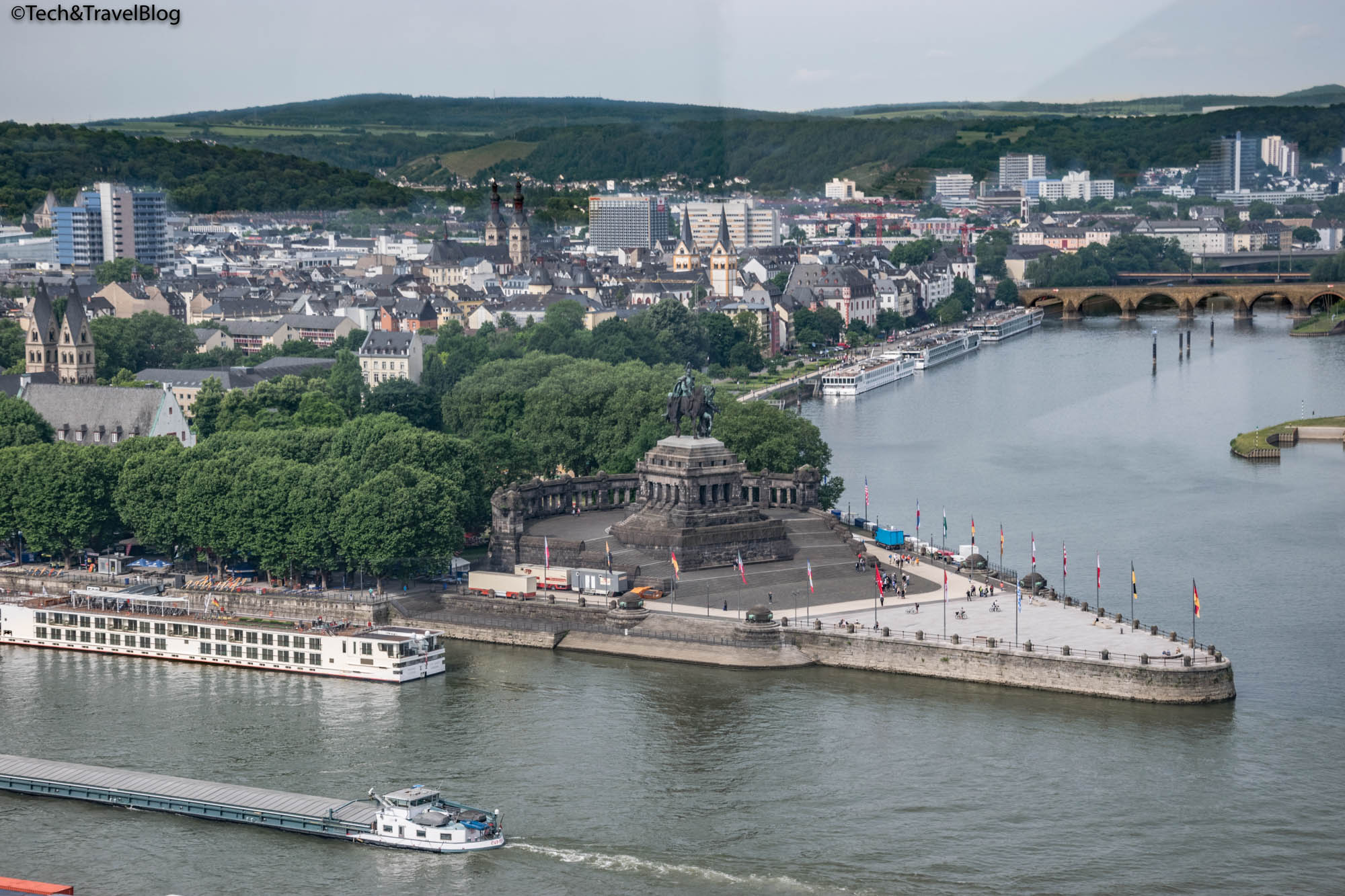
The Deutsches Eck (German Corner) is at the junction of the Rhine and Mosel rivers; a prominent piece of land resembling the prow of a ship. The meeting place of these two rivers has been an important part of the city’s natural defenses since 1216, when the order of the Teutonic Knights was established here (the remains of their old fortification, the Deutschherrenhaus, being nearby).
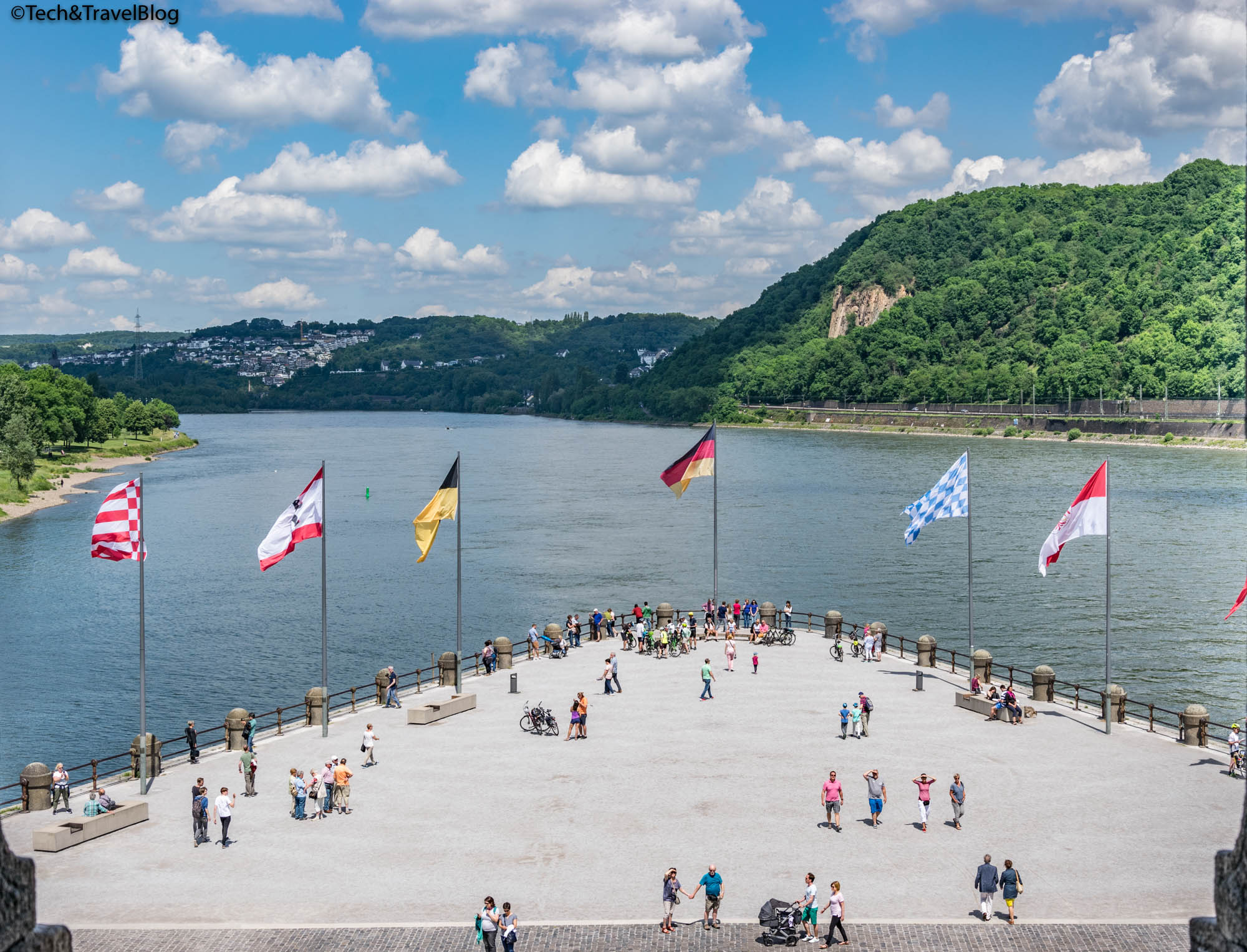
In addition to the magnificent view of the rivers and the Rhine valley, the German Corner is home to the impressive monument to Emperor Wilhelm I, a spectacular 37-meter tall statue.

The Ehrenbreitstein fortress is located 118 m above the city of Koblenz , on the banks of the Rhine , and was built between 1817 and 1828 on the ruins of an old fort destroyed by the French.

The citadel can be reached by a cable car trip – the longest in Germany – over the Rhine, with superb views of the city and the two rivers. In addition to exploring the fort’s many exhibits, visitors can also enjoy various museums here, including the State Museum of Koblenz, with its rich collections of archeology and history, and a memorial dedicated to fallen soldiers of World War I.
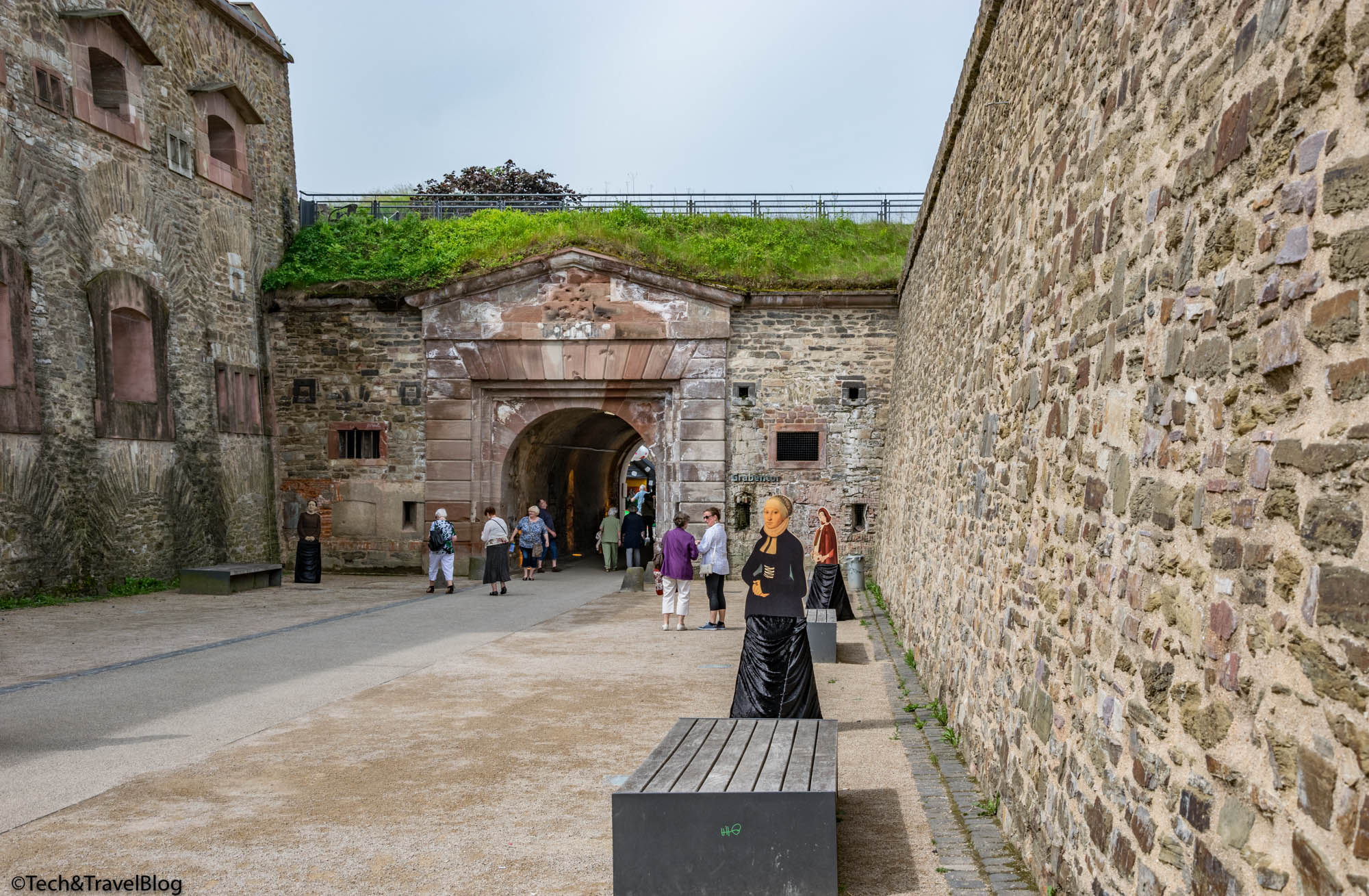
The Basilica of St. Castor (St. Kastor Kirche) is the oldest church in Koblenz, established in 836 AD. Recent excavations indicate that this site was used for religious purposes as early as the 1st century, and later by the Romans who built a church here that lasted until around 700 AD.
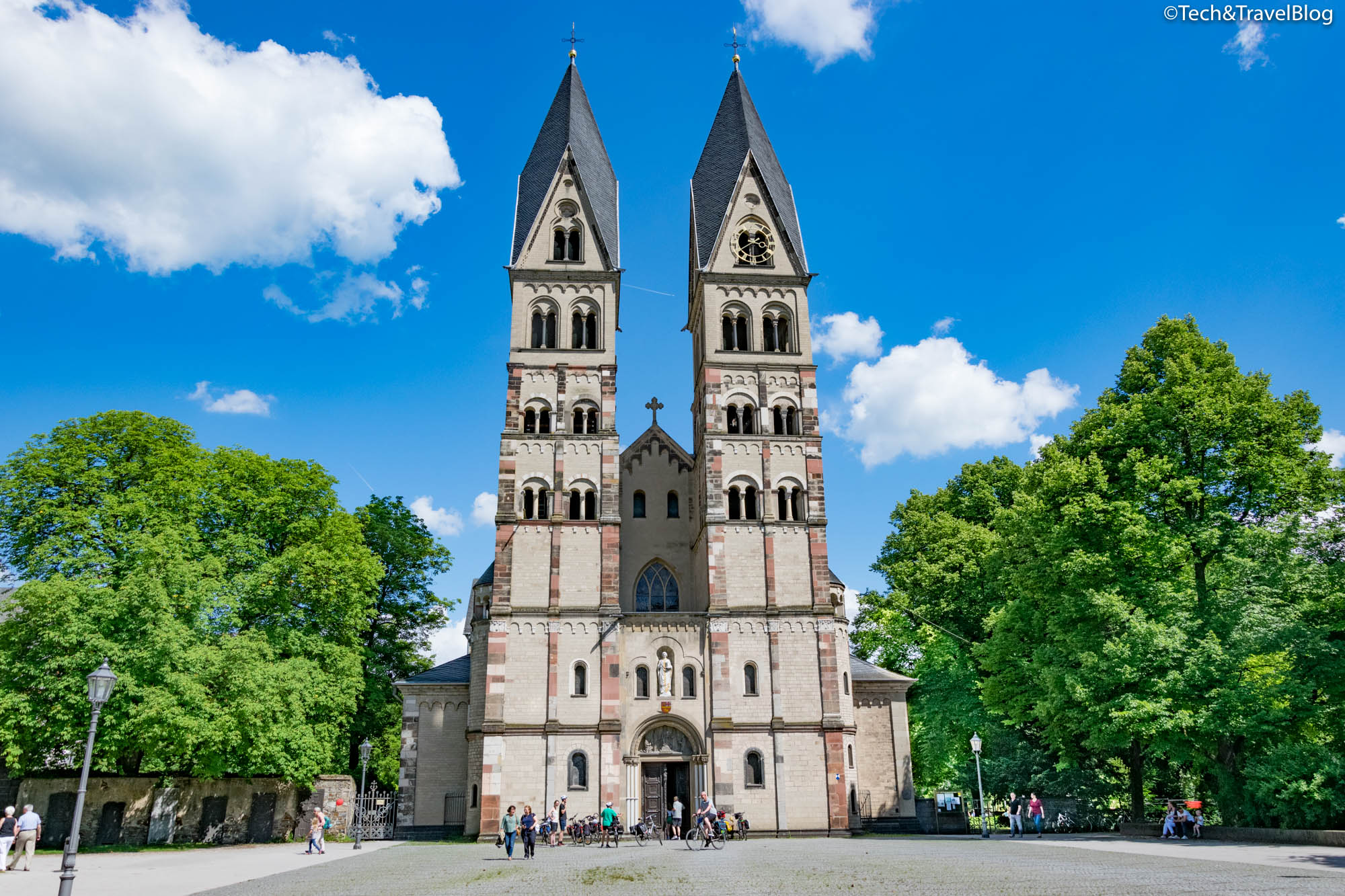
In the square in front of the church is the Kastorbrunnen fountain, built in 1812 to commemorate the Napoleonic Wars.
Since 2002, the Basilica of St. Castor is part of the UNESCO cultural heritage and is protected under the Hague Convention.
The Electoral Palace is located near the banks of the Rhine. The neoclassical construction was completed in 1786 by the last Elector of Trier, Clemens Wenzeslaus. Many of its rooms offer superb views of the Rhine.

Rhine Gardens and Kaiserin-Augusta-Anlagen
The beautiful Rhine Gardens comprise a three-and-a-half kilometer stretch of promenade and footbridges connecting the green spaces on the east bank of the Rhine, stretching upstream from the Electoral Palace to the island of Oberwerth.

The big attraction is the Garden of Empress Augusta (Kaiserin-Augusta-Anlagen), built for her husband, Emperor Wilhelm I. The project was completed in 1861 and remains a highlight of any visit to Koblenz, thanks to its spectacular views of the Rhine and colorful flower gardens.
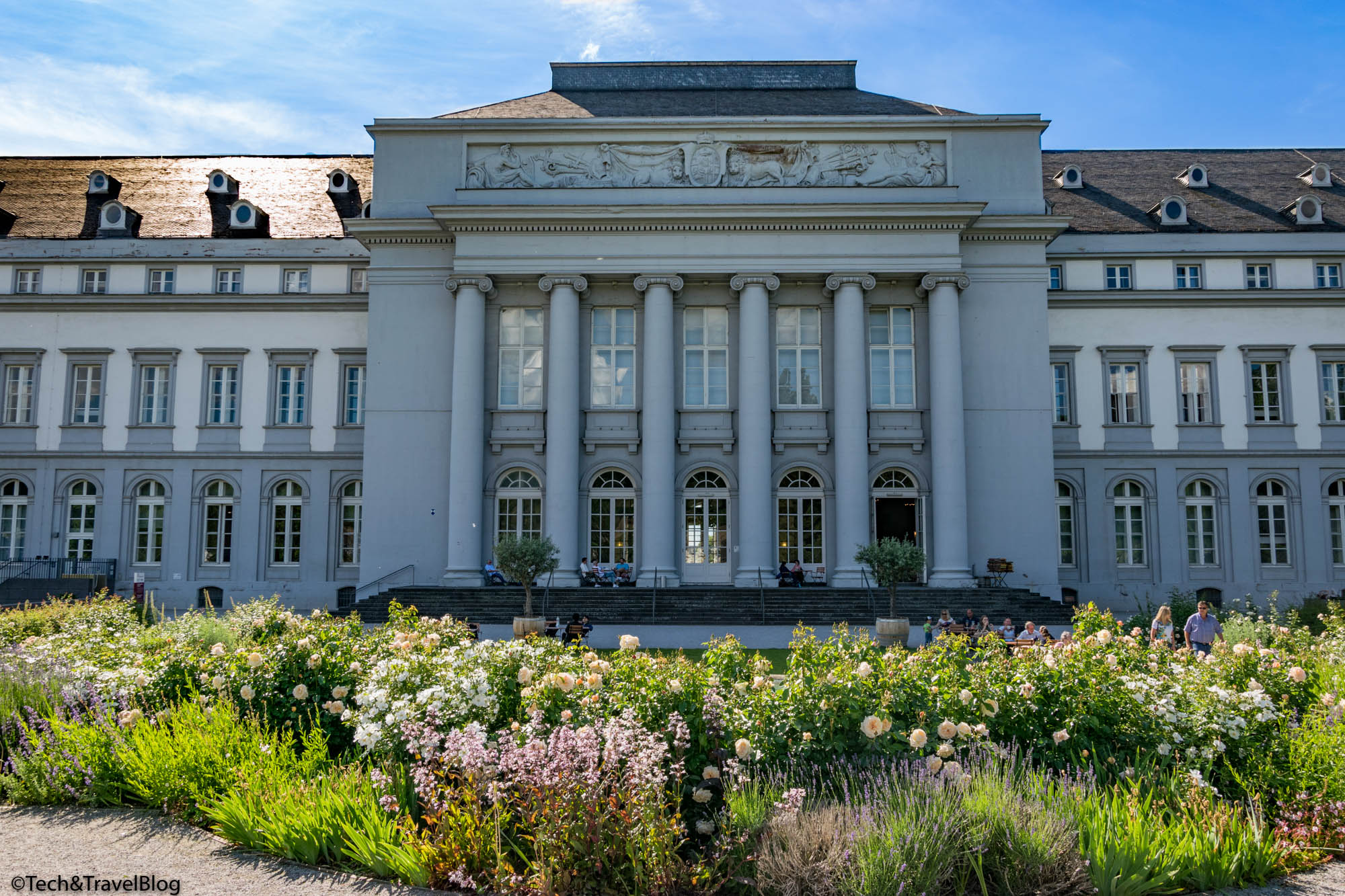
Another great spot is the statue of Father Rhine and Mother Mosel, a 19th-century monument that celebrates the city of Koblenz as the meeting place of the region’s two most important rivers.
Liebfrauenkirche. At the highest point in the old town is the Liebfrauenkirche or Church of Our Lady. Although what is seen today dates from the 12th century, with later additions from the 15th century, there is evidence that points to a much older place of worship from the 5th century, built here by the Romans. The architecture is of the Romanesque type, but the space arranged for the choir is a suitable example to illustrate the finest Gothic architecture of the 15th century; the western side is crowned by two towers, dating from the 17th century, in the Baroque style.
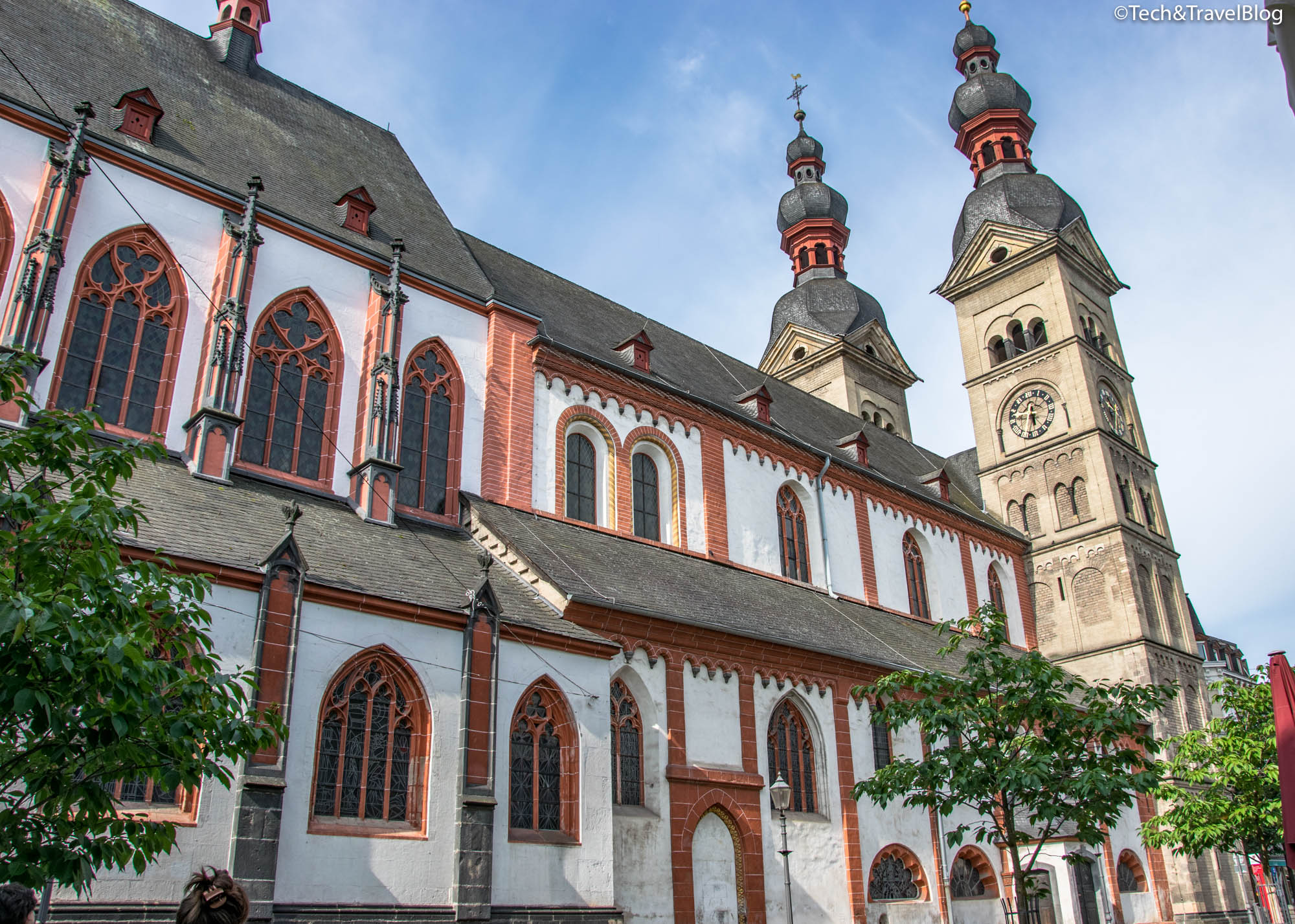
The Ludwig Museum is housed in the Deutschherrenhaus – an elegantly restored building dating from the 13th century. Peter Ludwig, one of the most important German collectors of contemporary art, gave this museum a large part of his collection.
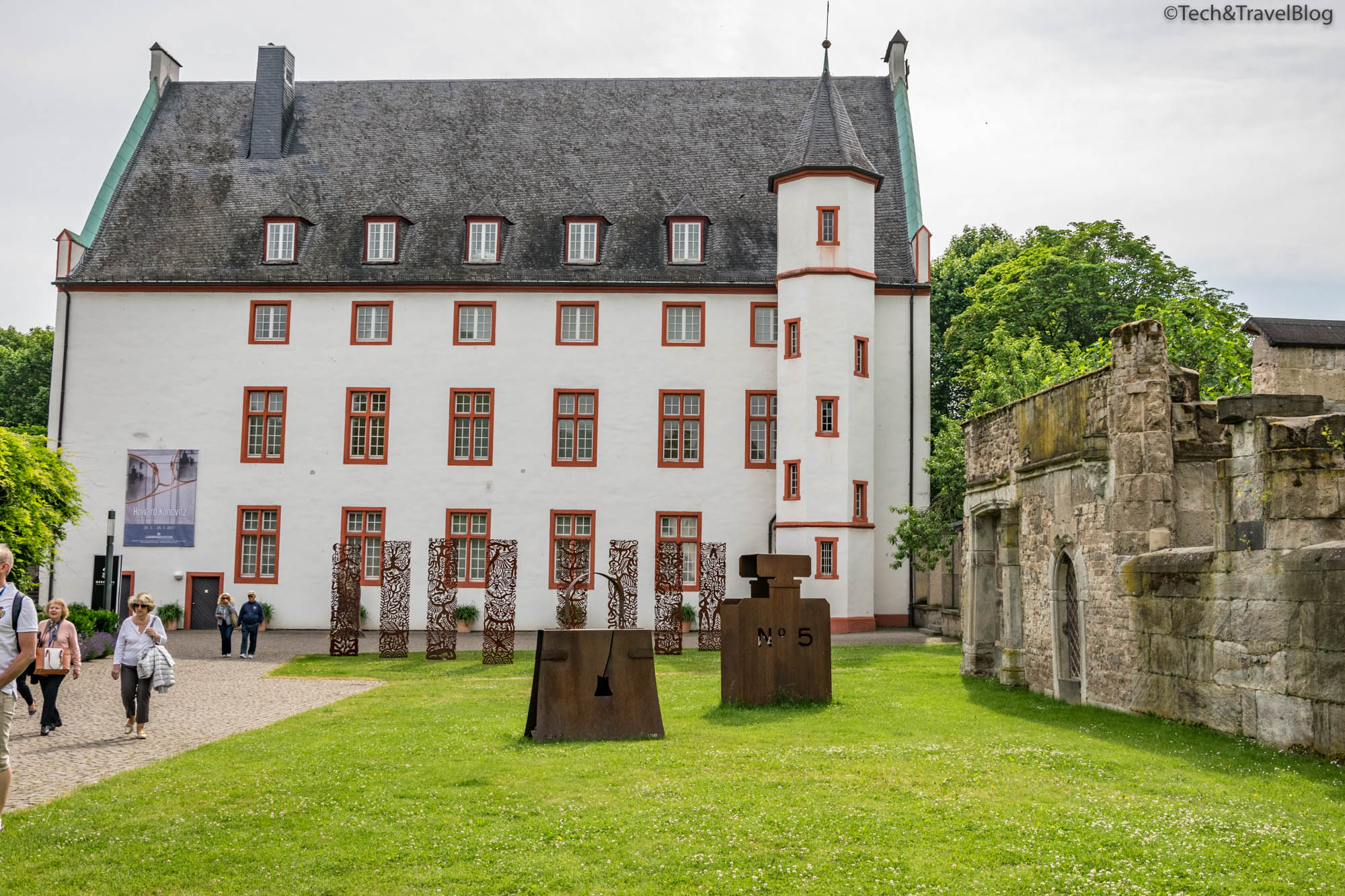
Old Town. As with many of Germany’s old towns, Koblenz‘s old town center was restored after the devastation of the World War II.
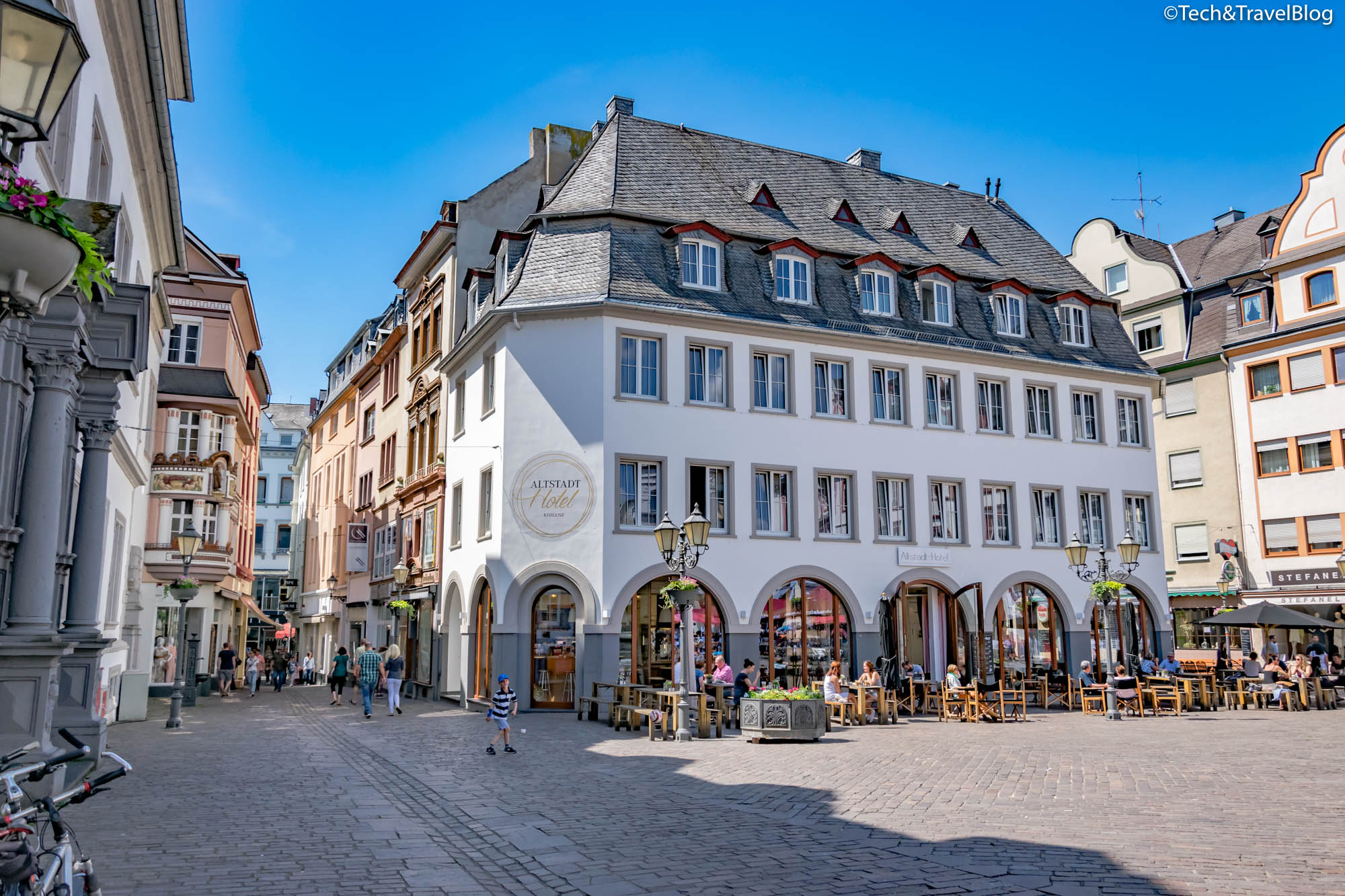
The highlight of the walking tour of the area includes the Town Hall (Rathaus), built between 1695 and 1700, in front of which you can see the Schängelbrunnen hermitage, a monument designed in 1940 by Carl Burger and dedicated to the poet Josef Cornelius who wrote the lyrics for the city’s anthem.
(Koblenz – August 2017)
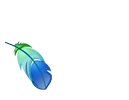
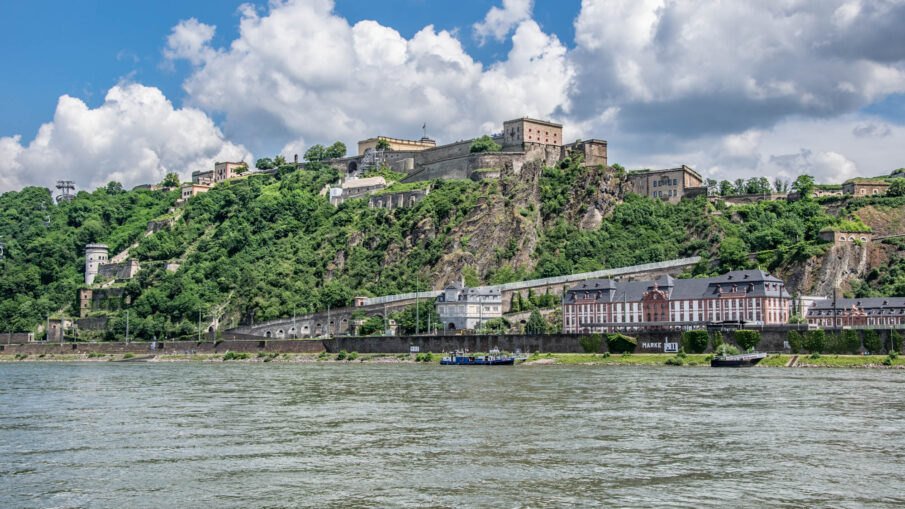
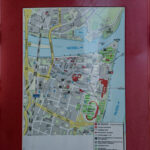
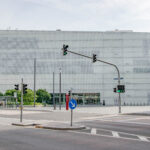

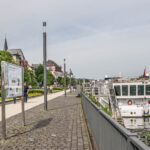

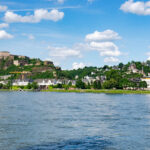
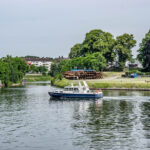
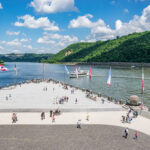
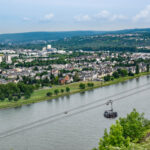
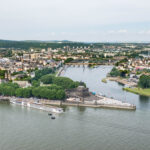
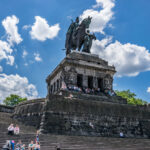
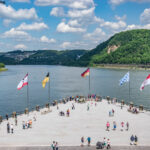
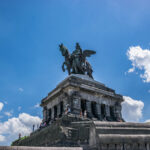
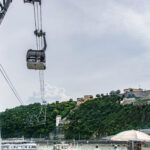
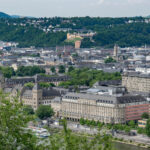
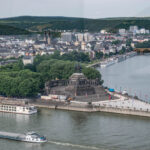
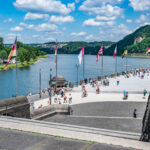
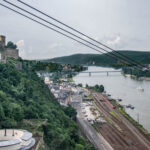
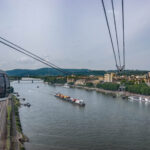
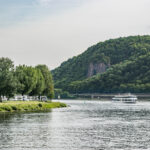
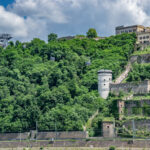
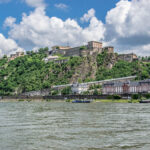
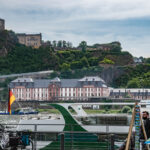
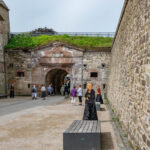
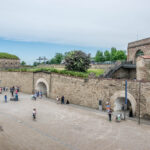
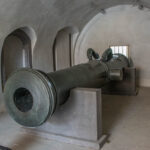
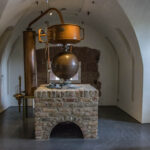
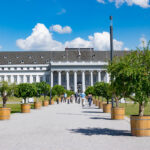
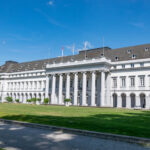
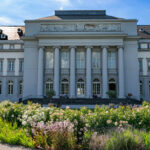
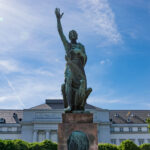
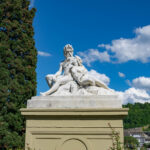
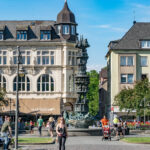
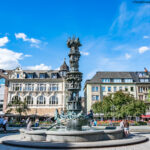
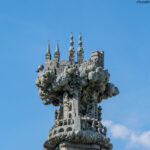
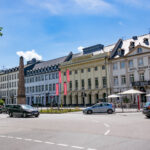
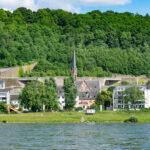
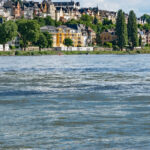
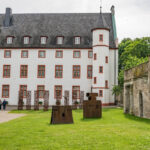
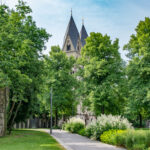
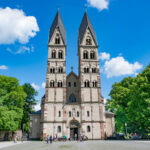
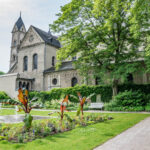
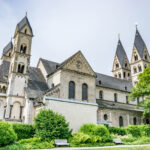
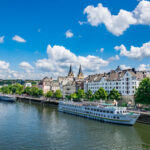
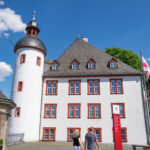
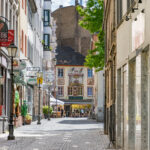
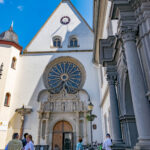
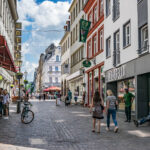
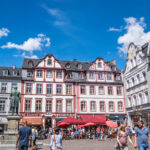
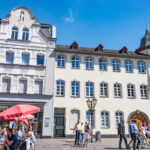
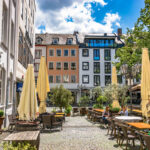
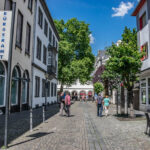
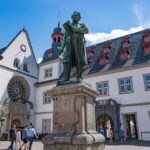
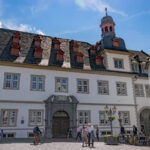
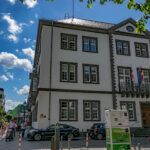
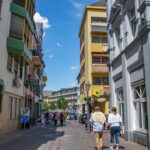
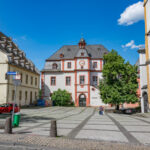
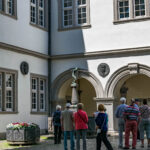
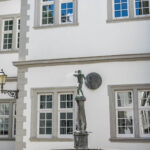
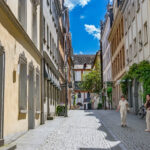
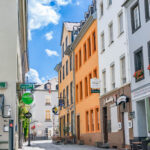
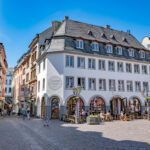
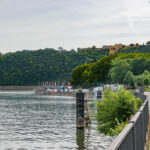
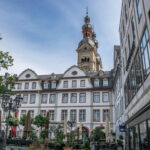
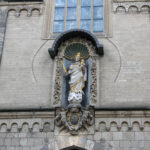
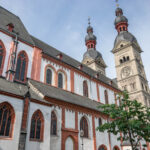
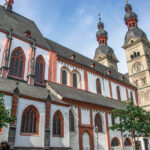
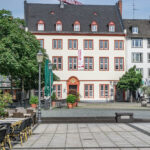
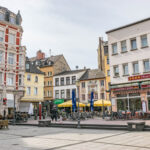
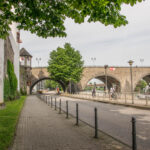
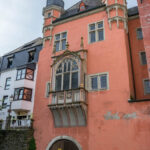
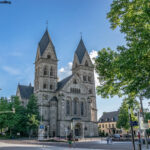
Leave a Reply